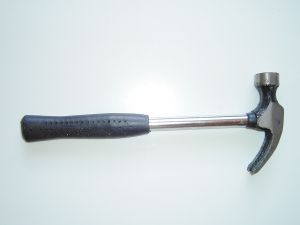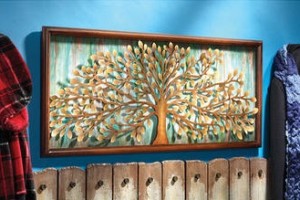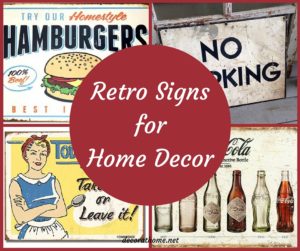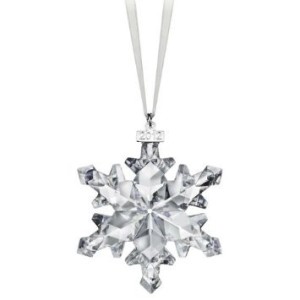 Whoever conceived the idea of cracking a nut with a rock unknowingly invented a tool. When a later genius tied a stick to the rock, he invented the first hammer. There have been many improvements since that humble beginning.
Whoever conceived the idea of cracking a nut with a rock unknowingly invented a tool. When a later genius tied a stick to the rock, he invented the first hammer. There have been many improvements since that humble beginning.
A claw hammer is the best choice. A well-made hammer with curved claw opposite the striking face of cast steel is a good investment.
Keep the striking surface clean and never put it away when it is wet. If the hammer head works loose, drive a wooden wedge at the top of the hammer head. Some people soak their hammers but this only swells the wooden handle temporarily and is apt to cause rust later. A sharp blow on the head will apparently tighten it, but a few moments of use will only loosen it again.
To use a hammer, grasp the handle at the end-never near the head-and be sure to strike the nail squarely and at the same angle as the direction you wish to drive the nail. Hold your hammer level with the nail-never at an angle up or down. Otherwise, the nail will bend or may come out through the wood. Use light taps until the nail is well started. Don’t hurry.
The nail set is used to sink the head of the nail below the surface of the wood.
Do not use your nail hammer to work metal, or pound cold chisels, or to drive rivets. Use it only to drive nails and brads.
The metal-working hammers divide themselves into two classifications- hard-face and soft-face. One of the best general-purpose hammers is the ball peen hammer; this is often called a machinist’s hammer.
[phpzon keywords=”claw hammers” num=”4″ country=”US” searchindex=”Tools” trackingid=”diy-do-it-yourself-20″ sort=”none” templatename=”default” paging=”true”]










Speak Your Mind